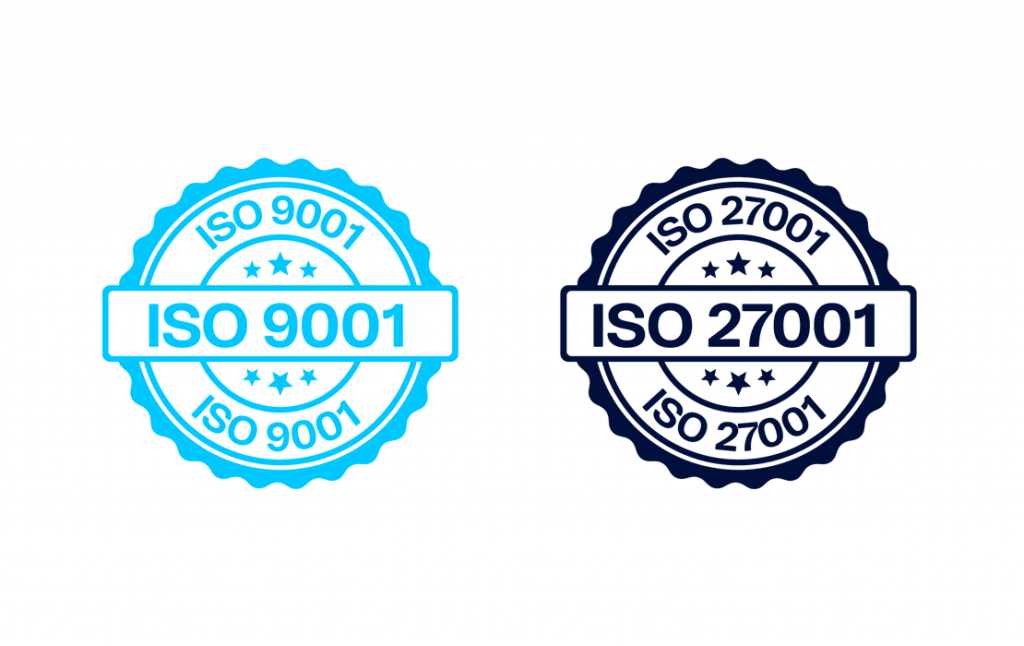Home ❯ IoT Use Cases ❯ Heavy Equipment Telematics Ensures Safe, Optimized and Sustainable Operations
The IoT is revolutionizing industries across the globe, and the heavy equipment sector is no exception. Heavy equipment telematics is just one example of how mine operators, leasing companies, farmers and others are using connected devices and real-time data to optimize their heavy equipment operations, reduce costs and improve safety.
But the possibilities extend far beyond heavy equipment. Discover how IoT is transforming various industries by exploring our collection of IoT use cases across transport & logistics, manufacturing, smart cities and utilities. See how businesses are utilizing connected technology to achieve real world results.
Heavy equipment can contain hundreds or even thousands of sensors and the data collected is of value to users, owners and OEMs. By embedding sensors plus IoT connectivity into heavy equipment, important information such as operating hours, location, maintenance status and data on consumables can be transmitted for analysis, enabling actions to be taken to optimize performance, limit downtime and make improvement for future generations of the equipment.
Equipment such as excavators in remote mines or cranes on construction sites are costly assets that construction asset tracking protects. By enabling heavy equipment tracking, organizations can not only know where their assets are but also how they are being used, what maintenance needs they have and whether abuse is taking place.
11 million
Installed base of construction equipment OEM telematics systems units worldwide by 2027
1 in 3
$16b to $45b
Global asset tracking spend by enterprises from 2022 to 2027
With nearly 75% of construction machines set to have embedded connectivity by 2030, heavy equipment tracking is preparing to serve electrified assets and autonomous operations. This places additional demands on systems such as low latency to support autonomy and more frequent communication to manage battery capacity and charging scheduling. These go on top of traditional needs such as location information, insights into how assets are being operated and performance data.
Construction equipment fleet tracking has relied on a blend of GPS for location tracking and cellular connectivity, now in the form of 4G and 5G, for communicating data for real-time construction equipment monitoring, for example. These technologies have proven to be robust enough to locate mining equipment in remote locations and to allow over-the-air software upgrades to be provided to heavy equipment. OEMs and leasing companies have been able to secure assets by disabling them remotely thanks to these systems.
With growing numbers of connected construction machinery being deployed, an annual growth rate of 11% is expected over the next eight years, the number of assets being tracked is substantial. The number of assets tracked will reach 24 billion by 2027, increasing from only 8 billion in 2022, demanding that OEMs scale up their ability to support heavy equipment telematics.
Connected construction machinery can receive, process and manage blueprints and descriptions sent over the air leading to more accurate and efficient operations. The received data needs to be processed by the machinery’s onboard computer systems, converting information into actionable instructions for the machinery. The processed information is then used to guide the machinery’s operations. For example, automated excavators can dig according to precise specifications, and grading machines can adjust their blades to match the exact contours outlined in the plans. This level of precision minimizes errors and reduces the need for rework.
Real-time adjustments can be made as machines also receive updates in real -time. If there are changes to the project plans, these can be sent and integrated immediately, ensuring that the work being done always reflects the most current requirements. By following digital instructions precisely, the machinery performs tasks more accurately. This accuracy ensures that construction projects adhere closely to design specifications, improving the overall quality of the work.
Over time, the use of connected machinery leads to more efficient construction processes. The reduction in errors and rework saves time and resources, while the ability to quickly adapt to changes keeps projects on schedule. Data that the machines collect can be sent to a back office for analysis. These machines can also collect data on their performance and the progress of the project. This data is sent back to the central office, where it can be analyzed to further optimize operations and maintenance schedules.
Connected construction machinery enhances accuracy and efficiency by seamlessly integrating digital blueprints and descriptions into their operations. This technological advancement leads to higher quality work, fewer errors, and more streamlined construction processes. This also takes the connected heavy equipment market a step closer to autonomous working machines.
Being able to transmit and receive more, means construction asset tracking can add greater value to fleet operators, asset users and owners. Benefits include:
4G and GPS provide today’s blend of connectivity to support heavy equipment telematics, delivering coverage, throughput and access to a large developer ecosystem. Future use cases, including greater automation will demand more.
Systems will need to gather larger volumes of data and handle it dynamically in order to support use cases that are emerging, such as assisted or even autonomous operations. Those demand 5G speeds and capacity to enable real-time functions. With 5G network still being constructed, coverage is incomplete so a blend of 4G and 5G cellular connectivity will be utilized alongside GPS for positioning.
Telenor IoT’s Connectivity Management Platform is ideal for these use cases because it has been designed to handle large-scale IoT deployments worldwide. It offers an IoT Portal to ensure simple implementation, scalability and management. This delivers a secure, efficient way to deploy and optimize IoT connectivity for construction equipment tracking.
Our Managed Connectivity Services provide you with the best quality cellular connection based on availability and the needs of your use case. In addition our Global IoT SIM cards can be pre-integrated to simplify deployment and lifecycle management.
You can explore more IoT case studies for logistics or download Telenor´s Customer Cases booklet.
Ready to simplify your IoT deployment? Talk to our connectivity experts!


